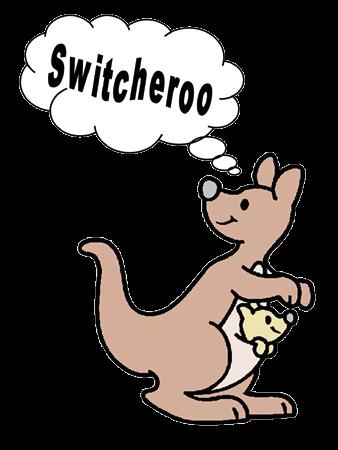
4 minute read
Won’t You Join the Dance . . . Project?
Joseph Bell proposes a new and ingenious way to apply technology to our dance experience.

There are many helpful videos of Scottish country dancing on YouTube, but they have limitations. They cannot be edited to remove background noise, or to view the dance from above or change the point of view after the dance is done, and it can be difficult to slow them down to emphasise a key point. Videos using 3D animation would have features that are difficult to produce with a camera and a set of dancers. With this technique, every dancer can have perfect footwork, with each one in time with the beat, and each couple wearing a unique colour for their tartans and dresses. Since 3-D animation is a computer model, it is possible to use slow motion and a camera view that changes as needed to explain the dance. All the dancers could be young and fit and come in standard sizes, a dance briefing or training can be added at the start of the dance, and corrections can be made to the video. Learning SCD can seem overwhelming to new dancers as they try to assimilate a whole new vocabulary and complicated steps and formations, and to dance in time with the music. Each dance is briefed with a stream of words, and any distraction means that some dancers will miss instructions. If a walk-through is done before each dance, it consumes much of the time that could otherwise be used for dancing. It would be easier to review a dance quickly and have the dancers remember it if they viewed a 3-D animation that combined a briefing and one progression of the dance with the music. More people might try SCD if they saw videos that both explained the dance and showed a perfect performance. Just imagine what could be done with 3-D animation of human figures: l Combining the dance movements, music (with the beats counted), and a view of an entire set dancing in time with the beats can give dancers a more accurate mental model of the dance than if each dancer has to create this model in their own mind. l Camera views can be from anywhere in the set, even from the point of view of specific dancers, as needed to best explain the dance. l The camera view can look straight down from above the dancers, if needed, for dances with reels and complex figures, with arrows and symbols used to highlight important points as the narrator discusses them. l Music is added electronically, instead of being played in a large room with background noise. The video animation is generated from a 3-D computer model, so random spectators would never be able to block the camera view. l Detailed videos with teaching of the dance could be used for classes, or by dancers who cannot attend regular classes, or to help new dancers feel more confident and improve quickly. l Motion capture could compare student’s footwork to the footwork of a top dancer, for review with an instructor, leading to faster improvement for students.

How do we make it all happen? So far I’ve described what could be done with 3-D animation of SCD and some of the reasons why it would be helpful, even revolutionary, as a way to teach and enjoy the dances. The cost of creating this kind of 3-D animation is surprisingly low (under $600 US, or under £400) with currently available technology, if volunteers can be found with the skills and dedication needed to develop the animations.
Software for motion capture The technical details Motion capture can be done using Microsoft Kinect with iClone 5 by Reallusion Inc. The Kinect sensor array collects the motion data in real time. No special clothing or markers are required to measure positions or motion with Kinect. The motion data are applied to standard models of human beings that include equations of motion to get the physics correct for a realistic dancer. The motion data can be edited into an actual dance and copied multiple times to create all the dancers needed in a virtual set. The iClone 5 program (or iClone 6, which does not yet work with Mocap) from Reallusion Inc. provides this editing capability. More information on the software and hardware is available at www. reallusion.com/iclone/. The details of clothing and appearance are handled by templates that are applied to the standard human models. Some commercial templates are available, but they seem expensive, and templates developed by the project could be better adapted to modelling SCD. For example, templates could be developed to apply faces to the virtual dancers from pictures of well-known SCD figures like John Drewry.

Standard clothing templates

Commercial templates with Scottish attire
What happens next? If you are interesting in helping with this project, please contact Joseph Bell at SCD3D.Project@gmail.com. Visit www.ClanBell.org/dance.html for more information and updates. Joseph Bell dances with the Atlanta Branch of the RSCDS. He is also Vice President and National High Commissioner for Clan Bell – North America.








